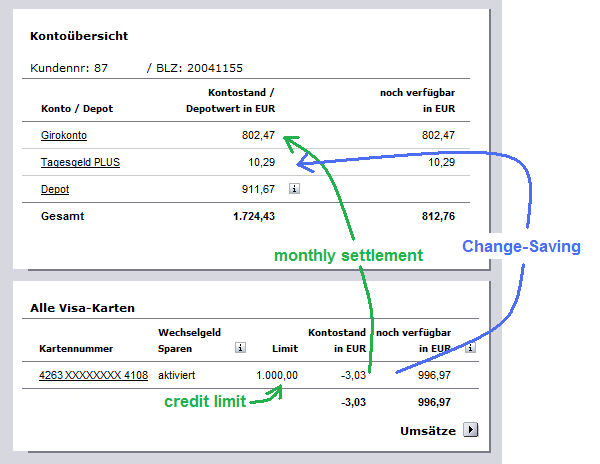
Against this background, this dissertation examines the specific causes, effects and solutions for traditional banks in digital transformation − an underrepresented research area so far.

Most research contributions focus on digital innovations, such as Fintech, but there are only a few studies on the related challenges and perspectives of incumbent organizations, such as traditional banks. Banking is one of the industries most affected by digitalization, with a large stream of digital innovations around Fintech. Incumbents are particularly exposed to the field of tension between maintaining and renewing their business model. Traditional organizations are strongly encouraged by emerging digital customer behavior and digital competition to transform their businesses for the digital age. In doing so, they are shaping both a possibility to add new services, and for customers to utilize and get an overview of services from different actors on the market (cf. They also forge a position as intermediaries between the bank and the customer, utilizing open banking solutions based on customer and account-information from traditional banks. Brandl and Hornuf, 2020 Hornuf et al., 2020). FinTechs primarily position themselves as partners to established businesses, providing technical solutions or even ideas that are bought by banks and thus co-opted or integrated through strategic partnerships (cf. As the FinTech niche in all four countries appears to consolidate and influence the emergence of a new business ecology – in which conventional banks continue to play a key role – our analysis rather suggests that the development consists of an intense and innovative differentiation of market services. The report confirms an extensive digital transformation of financial services in all four countries studied, but our findings still suggest that FinTech companies do not necessarily disrupt existing businesses – at least not in a radical fashion.

La pression sur les performances stimule l'innovation, tandis que la bureaucratie et la trajectoire organisationnelles constituent des obstacles majeurs à l'innovation. La réglementation peut être un catalyseur ou un frein à l'innovation financière, selon le degré de cohérence entre la stratégie d'innovation des banques et la politique du gouvernement local. Les principales théories appliquées sont celles de l'innovation et du changement institutionnel.Le choix du modèle d'innovation est affecté par la structure institutionnelle, la propriété, latrajectoire, le modèle d'entreprise, l'approche réglementaire et les objectifs d'innovation de la banque étudiée. Six banques sont sélectionnées sur la base de afin d'identifier les thèmes et les modèles basés sur des comparaisons par paire et pragmatiques. Une étude qualitative basée sur le modèle de processus, la méthode des cas étendus et l'approche des études de cas multiples est appliquée. Besides describing the threat to existing banks, the position paper also discusses the perspectives for banks.Ĭette recherche vise à comprendre le processus et le modèle d'innovation financière adoptés parles grandes banques commerciales et les grandes entreprises FinTech opérant en Chine. The impact is illustrated using a competitive analysis of the banking industry and analogies to the media industry where new entrants from the computing industry have caused disruptive changes. On the one hand and existing electronic market infrastructures in the banking industry on the other, the concept of a customer-oriented financial market infrastructure is proposed as a possible future solution. A large variety of banking IT innovations has emerged and illustrates that traditional banks are expected to have less power to impede competition at the customer interface and in consequence need to re-position themselves.
#Starmoney app comdirect drivers#
Position paper argues that the financial crises, the changing behavior of customers, upcoming innovations based on information technology (IT) and financial services offered by non-banks are strong drivers towards more customerorientation in the financial industry. While most banks use the services of these electronic markets to handle interbank processes, they still strive for bilateral relations in the field of customer-facing processes. The banking industry has been a pioneer in adopting electronic markets with exchanges, clearinghouses, and multilateral trading facilities having become the backbone of today’s globally integrated financial transactions.


 0 kommentar(er)
0 kommentar(er)
